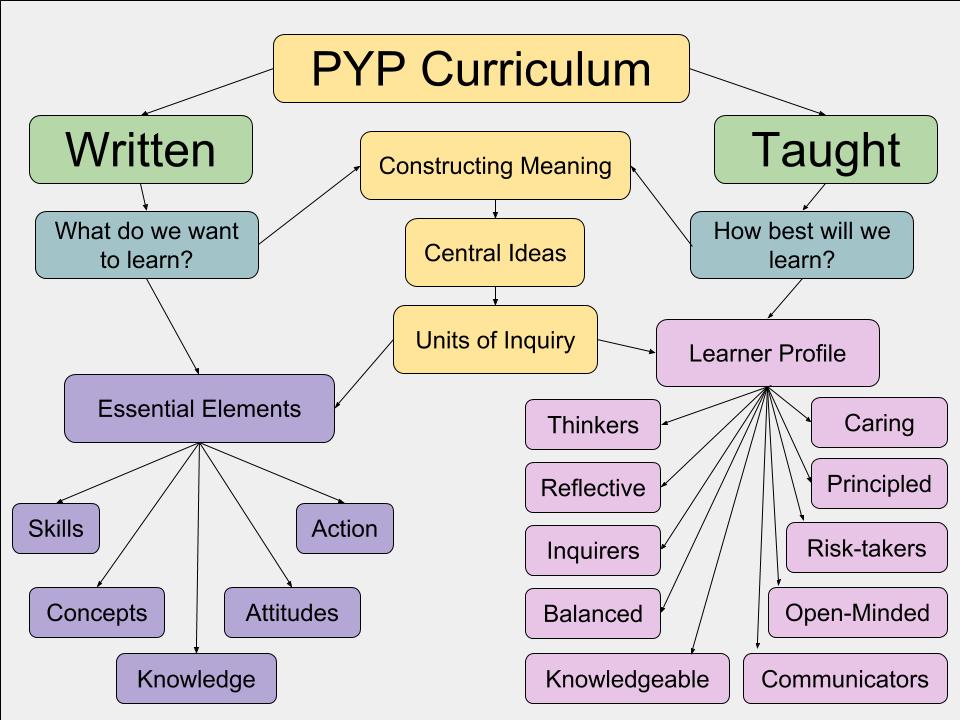|
Considering the three parts of the curriculum:
My understanding deepens as I see these questions and connect them with the PYP format of curriculum as I have seen these quite a bit around the school including in our unit plan templates. I don’t think I have enough information about these parts to create a visual representation connecting two of them. I struggled some to understand the 8 key concepts: form, function, causation, change, connection, perspective, responsibility, and reflection. It helped when I connected it with something that I am familiar with and work with in my classes so I took the basic theme of paint to try and interoperate the 8 key concepts. When I was reading through the key questions and definitions of the concepts I placed paint within the context of them and it greatly helped me to understand and relate to them. For example: What is paint like? (how can we describe it’s qualities?), How does paint work? (what do we need to use it?). The list of skills we teach was quite overwhelming. Although I know that we teach multiple skills at the same time and so many of them in just one day seeing them all together seems less possible than what we actually manage to achieve. For now I have an idea of the values and reasons behind the PYP curriculum but I will need more information and examples of the written as well as the taught curriculum to fully understand how it works in action. Here are my notes from reading the written curriculum section of Making the PYP Happen: The Written Curriculum
0 Comments
Leave a Reply. |
The Blog!. The writings and happenings of What's Going On In The Art Room, written by Ms. Alisa Blundon in Istanbul, Turkey
Recent PostsGuiding Students to Independence through the Artistic Thinking Process
Class Art Kits | Student Responsibility of Supples Inspiration Around the Room Draw Around the Room Archives
March 2020
Categories
All
|

 RSS Feed
RSS Feed
